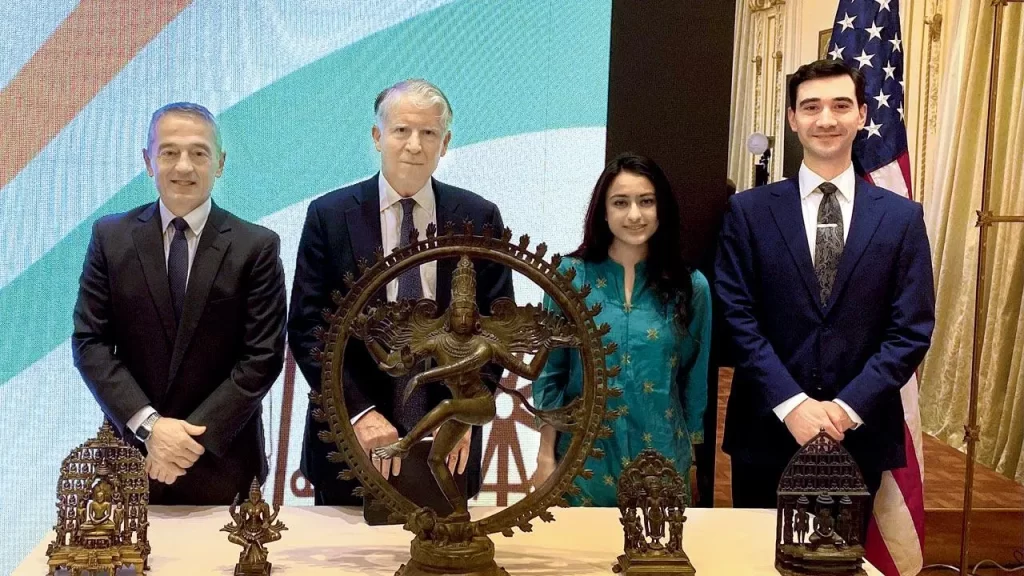Tsuktiben Jamir
Apsara Iyer, a former member of Manhattan’s Antiquities Trafficking Unit, will now fill a position once occupied by President Obama and Ruth Bader Ginsburg as the President of Harvard Law Review, becoming the first ever Indian woman to be appointed to the post. The 29-year-old is pursuing her Law degree from Harvard Law School. Iyer, who was born to Tamil parents, was raised in Indiana.
The Harvard Law Review is a student-run publication of legal scholarships that publishes papers from professors, students, as well as judges. The Review also aspires to be a useful research tool for students and practising attorneys, as well as to give its student members the chance to improve their own editing and writing abilities.

Iyer brings a unique and valuable set of experiences to her new post; she co-authored the “Statement of Facts in the Matter of a Grand Jury Investigation into a Private New York Antiquities Collector” in 2021 with Matthew Bogdanos. It included a list of the items and dealers connected to Michael Steinhardt, who turned over 180 items valued at $70 million that the New York District Attorney believed were stolen from their countries of origin. Steinhardt, a well-known investor, and supporter of museums, was given an exceptional punishment by the court: he was forbidden from acquiring antiquities. Despite this, he was spared jail time.
She has worked on cases that involved the illegal smuggling of artefacts from Cambodia and India that resulted in dealers pleading guilty. She also worked briefly for the Antiquities Trafficking Unit as a supervisory investigative analyst. In a statement, Iyer told The Art Newspaper, “Issues related to art, trafficked art and stolen art really intersect with a lot of different bodies of law. In a role like this [at the Harvard Law Review], you get a bird’s eye view of what the legal academy is doing, and you get to look at a lot of different scholars who are at the cutting edge of different fields.”
Iyer began to develop an interest in history and antiquities when she worked on an archaeological dig site in Peru during high school. This for her was the beginning of a passion that would lead her to help track down and restore over 1,100 antiquities to 15 different countries during her stint with the Antiquities Trafficking Unit in the Manhattan District Attorney’s Office. In a statement, she recalls, “During one of my field research projects in India, I had the opportunity to visit a site that had been the victim of looting. I distinctly remember that while I was at the site, someone asked me, ‘What are you going to do about this?’ This wake-up call led me to work in law to address the issue of antiquities trafficking.”
Among many experiences she has under her belt, Iyer remembers meeting locals when at Tanesar, a location in Rajasthan which had been looted. She also got the chance to work on a case in 2013 while at Yale conducting research involving a mother goddess statue that had been taken from Udaipur.





